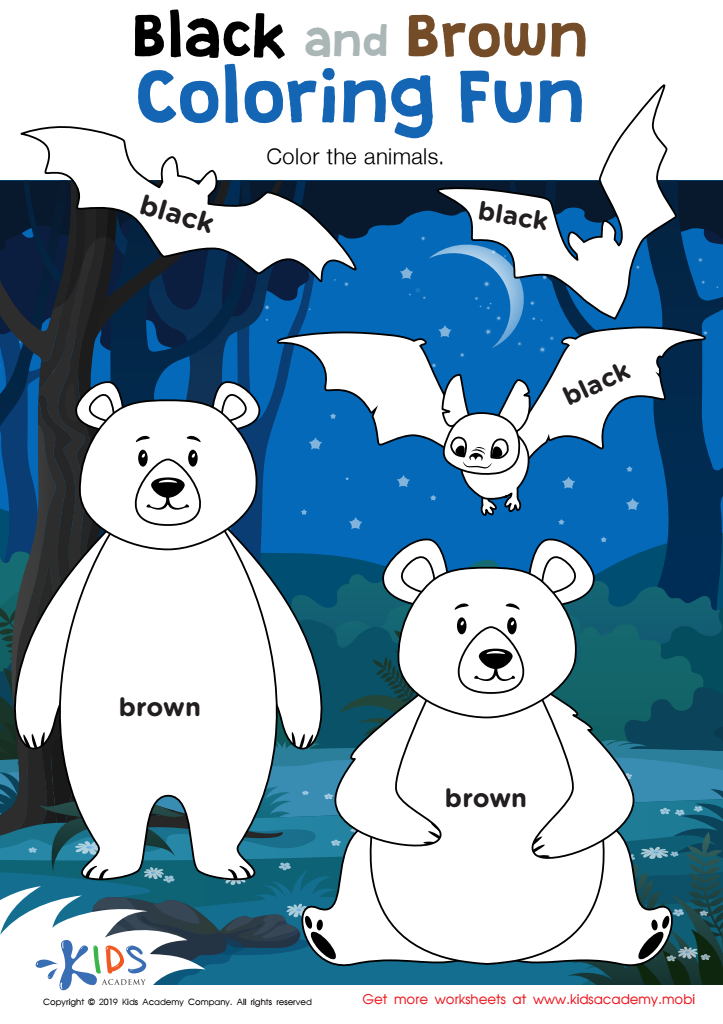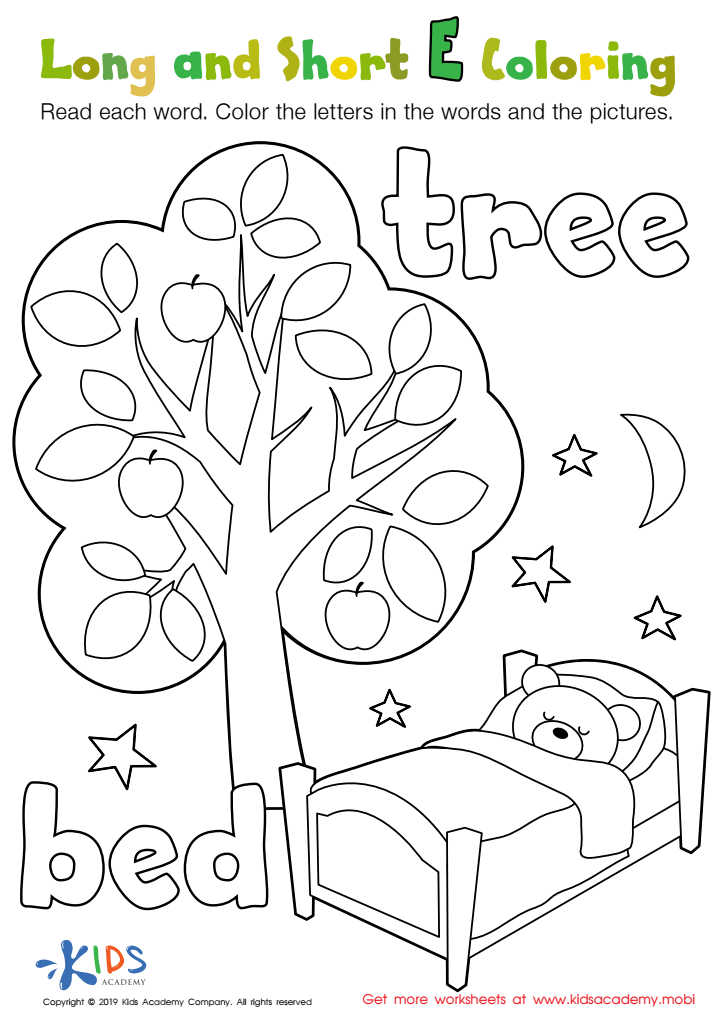Vocabulary Coloring Pages Worksheets for Ages 4-8
17 filtered results
-
From - To
Explore our engaging Vocabulary Coloring Pages Worksheets designed specifically for children aged 4 to 8. These fun, printable pages combine creativity and learning, making it an enjoyable way for young learners to develop their vocabulary. Each worksheet features vibrant illustrations alongside relevant vocabulary words, promoting both letter recognition and language skills. Ideal for ESL learners and beginner readers, our coloring pages help reinforce language concepts while sparking creativity. Encourage your child to color, explore, and discover new words! Visit our site today and dive into a world of educational fun that fosters a love for learning and linguistic development.


Red and Blue Coloring Fun Worksheet


Yellow and Green Coloring Fun Worksheet


Happy and Sad Words Coloring Worksheet


Black and Brown Coloring Fun Worksheet


Mad and Scared Words Coloring Worksheet


Purple and Orange Coloring Fun Worksheet


Long and Short U Worksheet


Long and Short A Worksheet


Boy and Girl Words Coloring Worksheet


Long and Short I Worksheet


Funny Worksheet Sight Words Worksheet


Tired and Worried Words Coloring Worksheet


Long and Short O Worksheet


Happy Family Coloring Worksheet


White and Pink Coloring Fun Worksheet


Long and Short E Worksheet


And Worksheet Sight Words Worksheet
Vocabulary coloring pages for ages 4-8 serve as an engaging and effective educational tool that benefits both parents and teachers. First, these pages creatively combine art and learning, making vocabulary acquisition enjoyable for young children. The act of coloring fosters motor skills, while simultaneously introducing words in a visual context, helping to strengthen recognition and retention.
Parents should care because these activities provide a fun way to interact with their children, reinforcing vocabulary learning through play. Engaging in coloring activities together can strengthen parent-child bonds and stimulate conversations around the words being learned. It allows parents to assess their child's progress and encourage their curiosity by discussing the meanings of new words.
For teachers, vocabulary coloring pages are a valuable addition to the classroom. They cater to diverse learning styles, offering a hands-on approach that can be especially beneficial for visual learners and those with various learning challenges. Incorporating these resources can make lessons more dynamic and memorable, fostering a love for learning.
In summary, vocabulary coloring pages bridge the gap between creativity and education, making vocabulary lessons more appealing and effective for young learners. Overall, they enrich the educational experience at home and in the classroom, ultimately supporting children’s language development.
 Assign to My Students
Assign to My Students









